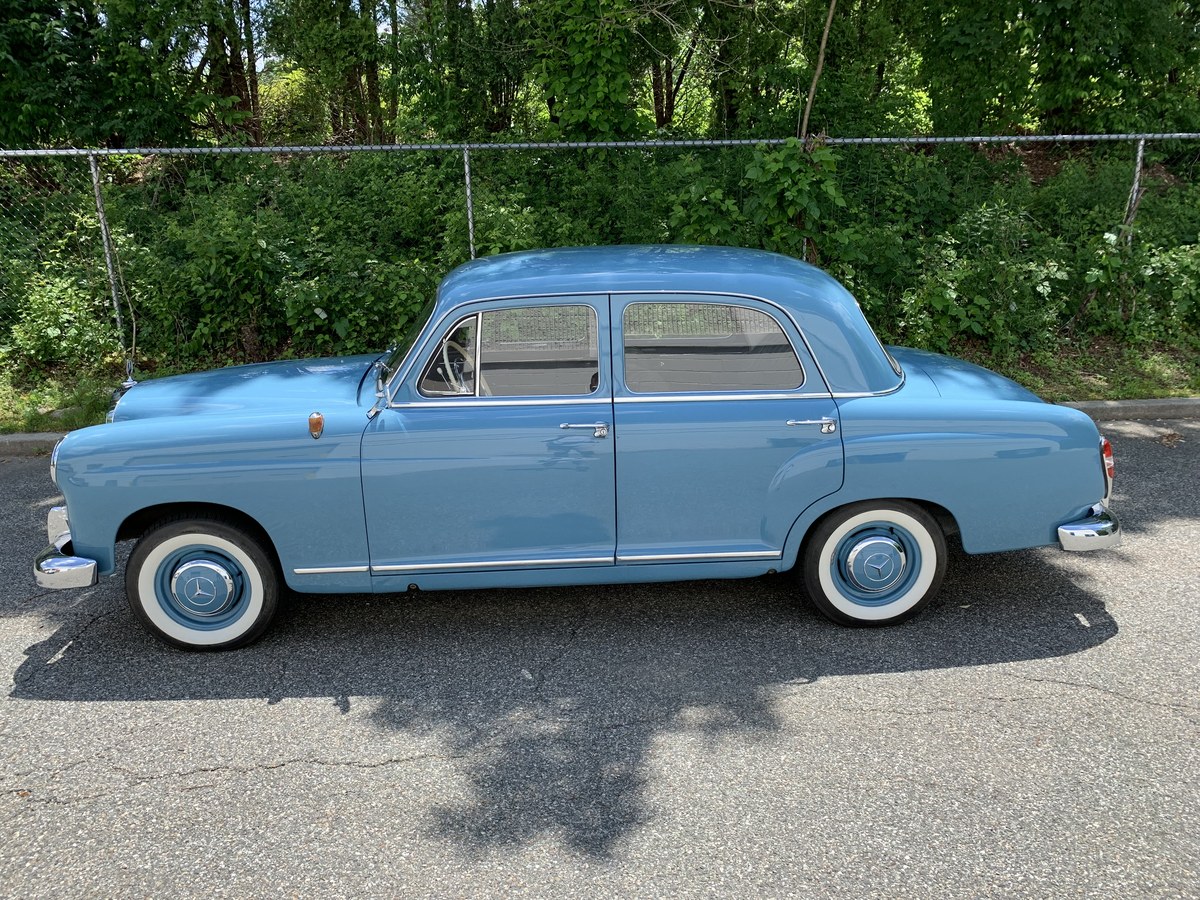moparrob66
Pre-Flight
- Joined
- Mar 31, 2024
- Messages
- 33
- Display Name
Display name:
Moparrob
Considering a Cherokee 6 but i found a Lance in my price range. The insurance on a retractable will kill me, but an A&P years ago mentioned that a 210 can be made a fixed gear. Im sure it can be done with a Lance, but will the insurance company go for it?
Once I build more time, I suspect the rates would go down and then I can put the gear up? Anybody tried this workaround?
Once I build more time, I suspect the rates would go down and then I can put the gear up? Anybody tried this workaround?

